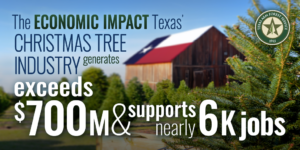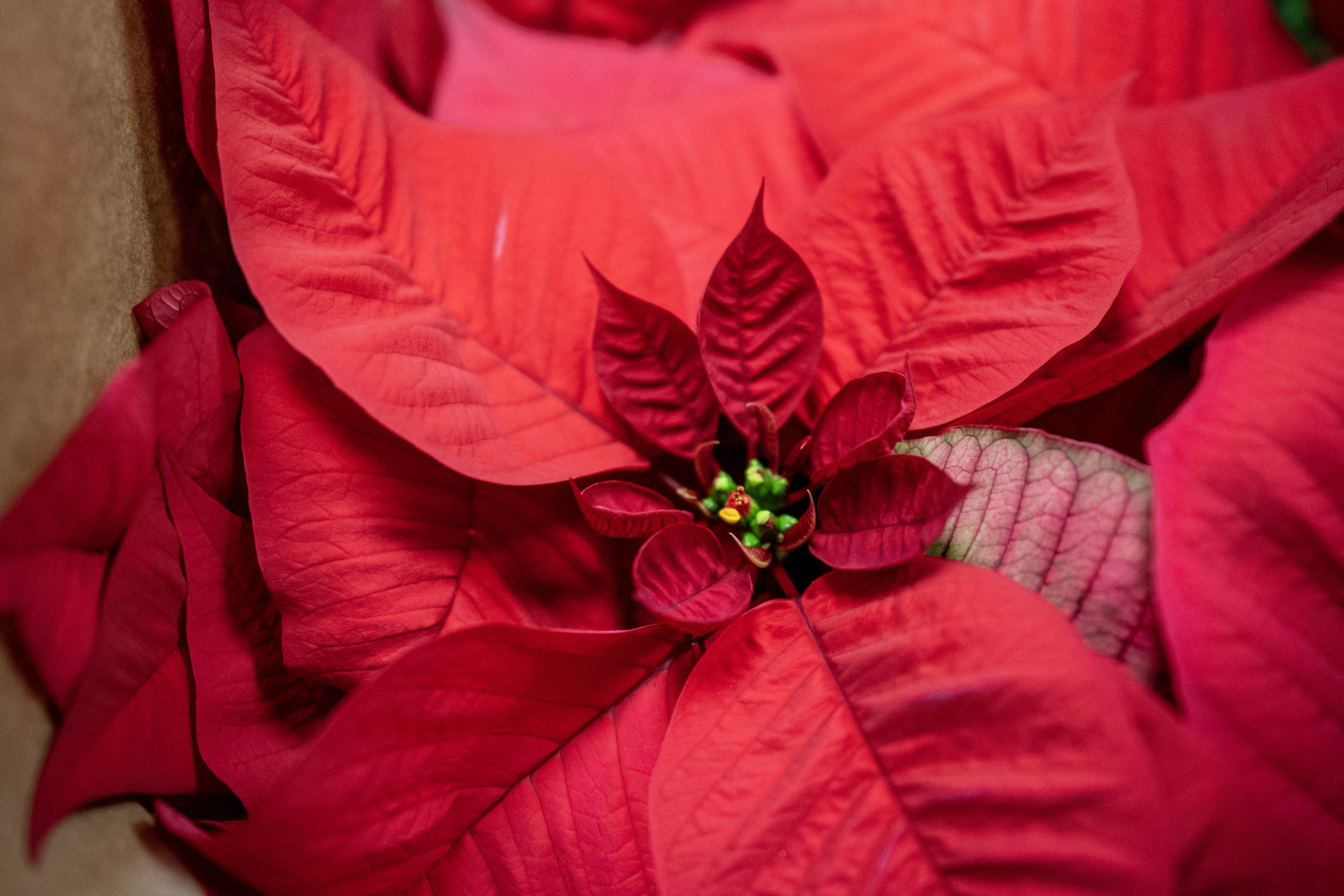Purchasing real Texas Christmas trees boosts economy
$397 million in direct contributions
More than 4 million real Christmas trees are sold annually in Texas, supporting farms and agriculture businesses throughout the state. As the holiday season nears, Texas A&M Forest Service encourages purchasing real Christmas trees to help boost the Texas economy.
Texas A&M Forest Service recently conducted an economic study showing how much value the Christmas tree industry adds to the state. In 2022, the industry generated more than $714 million, including direct, indirect and induced economic impacts, while supporting nearly 6,000 jobs.
The U.S. Bureau of Labor Statistics estimates the Texas Christmas tree industry ranks second in the southern U.S., based on average annual employment and wages for 2022.
“It’s a tradition in many households to have a real Christmas tree,” said Aaron Stottlemyer, Ph.D., Texas A&M Forest Service forest analytics department head. “The process of going as a family to pick out a tree is a fun activity that supports rural economies across the state.”
History of the Texas Christmas tree
Christmas trees are grown in all 50 states. The most widely grown Texas Christmas trees are the Virginia pine, Afghan pine, eastern red cedar, shortleaf pine, Arizona cypress and Leyland cypress.
The first recorded Christmas tree planting in Texas was in 1935 in Jasper. Since the 1970s, institutions such as Texas A&M Forest Service, Texas A&M University and Stephen F. Austin University have worked toward optimizing the health and growth of Christmas tree species to enhance the state’s Christmas tree industry.
“The Texas Christmas Tree Growers Association and Texas A&M Forest Service have been collaborating since the early 1980s,” said Fred Raley, Texas A&M Forest Service tree improvement coordinator. “The collaboration has worked to develop locally adapted Virginia pines, especially hardy and adapted to the Texas climate, to ensure that those who prefer a live tree can continue to have that Christmas experience for a very long time.”
Christmas tree business
In the U.S., the sale of real Christmas trees has decreased since 2018, and since 2020, the sale of artificial trees has been higher than real trees. But choosing a real Christmas tree should always be considered.
Aside from being good for local economies, Raley said harvesting Christmas trees is also essential for ecosystem and forest sustainability. Stottlemyer said the Christmas tree industry is crucial to fulfilling the trees’ lifecycle, expanding trees’ potential beyond their natural life and creating sustainable forests and economies.
After the holiday season, real Christmas trees can be repurposed and recycled for many uses. Real Christmas trees can be used as landscape mulch in yards and gardens as soil erosion prevention, nest-building materials for birds and natural water habitats for fish and wildlife in ponds or lakes.
“Christmas tree farms are essentially young forests,” said Stottlemyer. “They are able to provide us the same benefits as traditional forests by sequestering carbon, providing a natural habitat for wildlife, cleaning our water and providing recreational opportunities.”
Shoppers looking for a real Christmas tree can visit the Texas Christmas Tree Growers Association website to explore the different Christmas tree farms in each Texas region.






